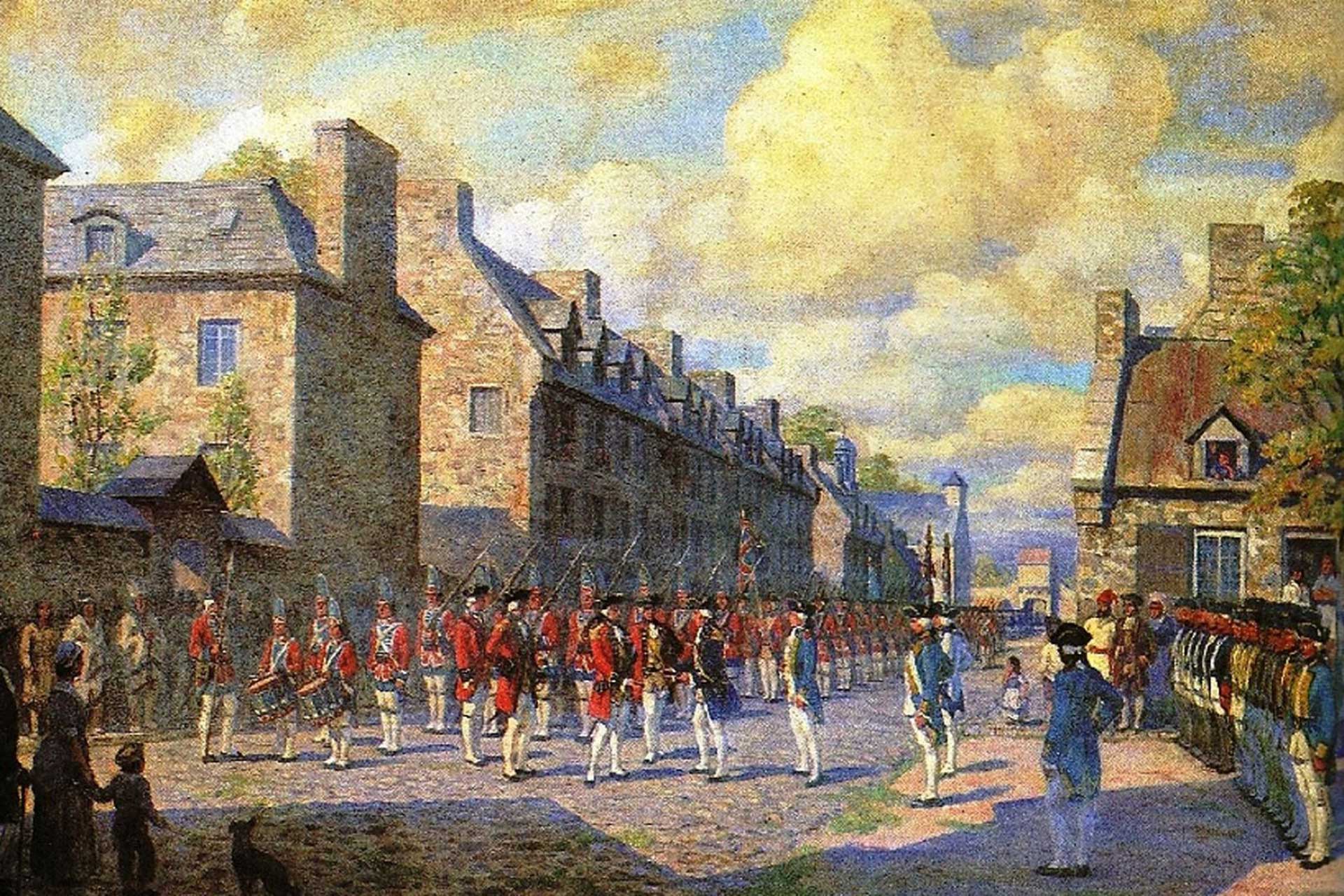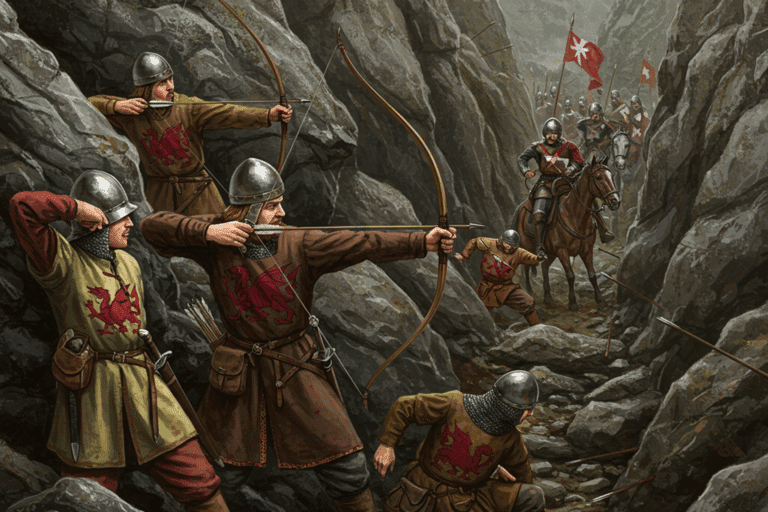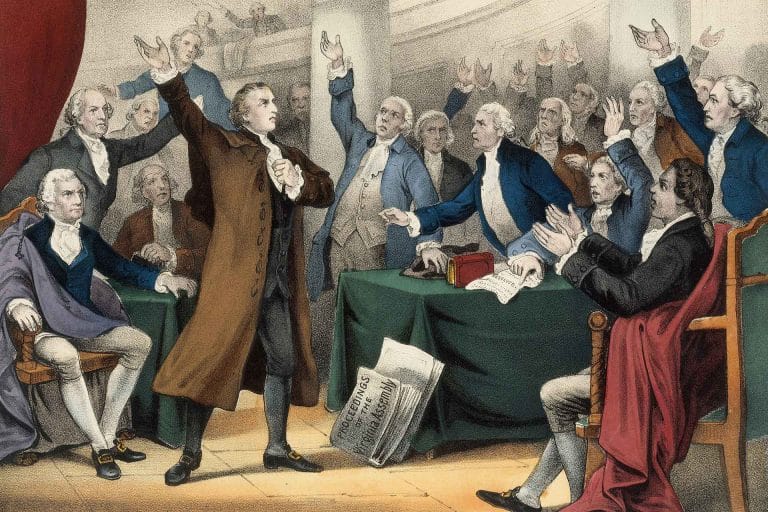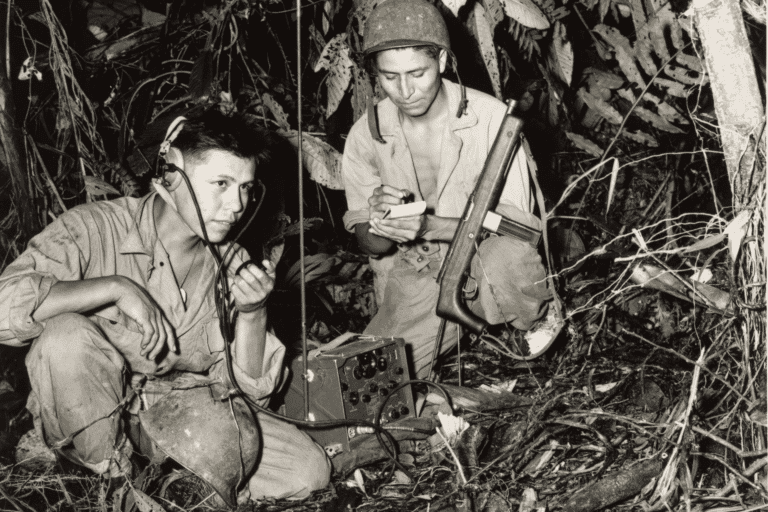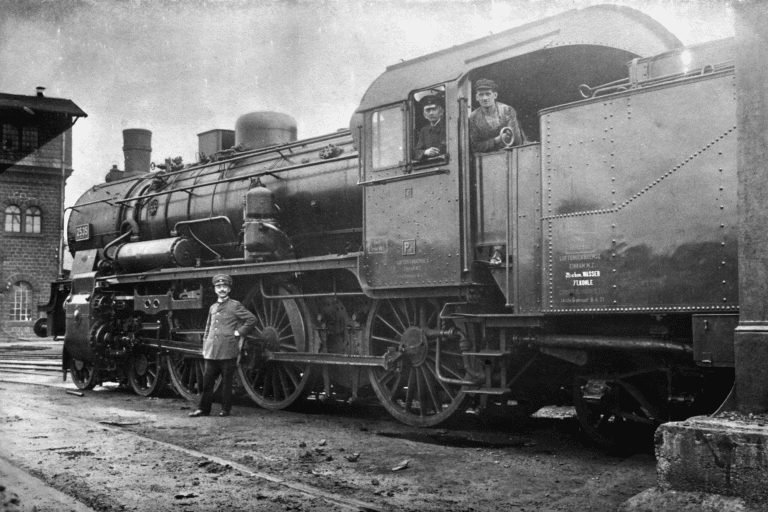Colonizing North America: The Deep Impact of the French and Indian War
The French and Indian War (1754-1763) was a pivotal event in the complex fabric of North American colonial relations, marking the North American front of the Seven Years’ War. At its core was the battle between the British and the French for supremacy in the New World. This conflict brewed from the longstanding tensions over territory, particularly the Ohio River Valley, a lush region eyed by both colonial powers. Initial sparks flared when George Washington, a young officer from Virginia, confronted French troops at Fort Duquesne, transforming regional tensions into a sprawling, eight-year war.

The Wars Native American Participants
Native American tribes played an intricate role in this colonial power struggle. Their alliances were nuanced and often driven by local interests rather than broad colonial agendas. Tribes such as the Huron and Algonquin found allies in the French, drawn together by trade relationships and shared adversaries like the powerful Iroquois. The Iroquois Confederacy, though initially neutral, was eventually swayed toward the British side, hoping to a British victory would curtail the westward ambitions of settlers. Each tribe’s alignment was a strategic choice, balancing trade, territorial ambitions, and the perceived long-term threats from colonists.
The American Colonies Sentiments of the French and Indian War
During the French and Indian War, the sentiment among the American colonies was a mixture of anticipation, uncertainty, and division. The conflict emerged from territorial disputes between European powers, primarily the British and the French, over control of North American territories. Many colonists saw the war as an opportunity to expand their territorial boundaries and increase their influence in the New World. The prospect of gaining access to valuable resources and trade routes fueled a sense of optimism among some colonists, particularly those with vested economic interests in the outcome of the conflict.
However, this sentiment of enthusiasm was not uniform across all the colonies. The war exposed divisions among the colonists, both along regional lines and in terms of their loyalty to the British Crown. Some colonists viewed the war as a chance to demonstrate their loyalty to the British Empire, and they actively supported British military efforts. Others, however, were more cautious about the costs of the war, both in terms of lives lost and economic burdens placed on the colonies. These divisions would become increasingly pronounced as the war progressed and its financial and human toll became more evident.

Major Battles and Commanders
- Battle of Monongahela (1755): An attempt by the British, led by General Edward Braddock and the young George Washington, to seize Fort Duquesne met disaster when they were ambushed by French and their Native American allies. The British, unfamiliar with frontier warfare, suffered heavy casualties. The death of Braddock in the fray and Washington’s subsequent leadership during the retreat became the war’s early defining moments.
- Battle of Lake George (1755): British colonial troops under Sir William Johnson, alongside their Mohawk allies, managed to thwart the advance of French forces. The battle demonstrated the importance of Native alliances and the British began to recognize the strategic value of indigenous combat knowledge.
- Battle of Quebec (1759): This pivotal battle saw the British under General James Wolfe besieging Quebec. Despite the formidable defenses, the British achieved a surprise victory. The death of both Wolfe and the French commander, Marquis de Montcalm, on the battlefield added to its legendary status.
- Naval Engagements: While predominantly a land-based conflict, crucial naval battles also occurred. One notable engagement was the Battle of Quiberon Bay in 1759, where the British navy cemented its maritime dominance, crippling the French fleet and cutting off vital supply lines to New France.

Conclusion of the Franch and Indian War and Peace Terms
By 1760, with the capture of Montreal, the British effectively concluded the North American theatre of the Seven Years’ War. The Treaty of Paris in 1763 formalized the outcomes. The British emerged as the clear victors, acquiring all French territories east of the Mississippi, except New Orleans. Spain, allied with France, ceded Florida to Britain but was compensated with New Orleans and territories west of the Mississippi.
The French and Indian Wars Impact on the American Colonies
In the war’s wake, the British Empire found itself heavily in debt, leading it to impose new taxes on its American colonies. This tax burden, combined with colonial discontent over the Proclamation of 1763 (which forbade settlements west of the Appalachian Mountains), seeded colonial dissent.
The British government attempted to exert more control over the colonies’ military and economic activities, replacing the previous “salutary neglect”. This, as well as its efforts to raise revenue to cover the costs of the war, led to growing tensions. This would eventually lay the groundwork for the larger conflict that followed – the American Revolutionary War – as many colonists began to question their place within the British Empire and the extent to which their interests were being considered by the imperial authorities. The French and Indian War, thus, not only reshaped territorial dynamics but set the American colonies on a path to revolution.

